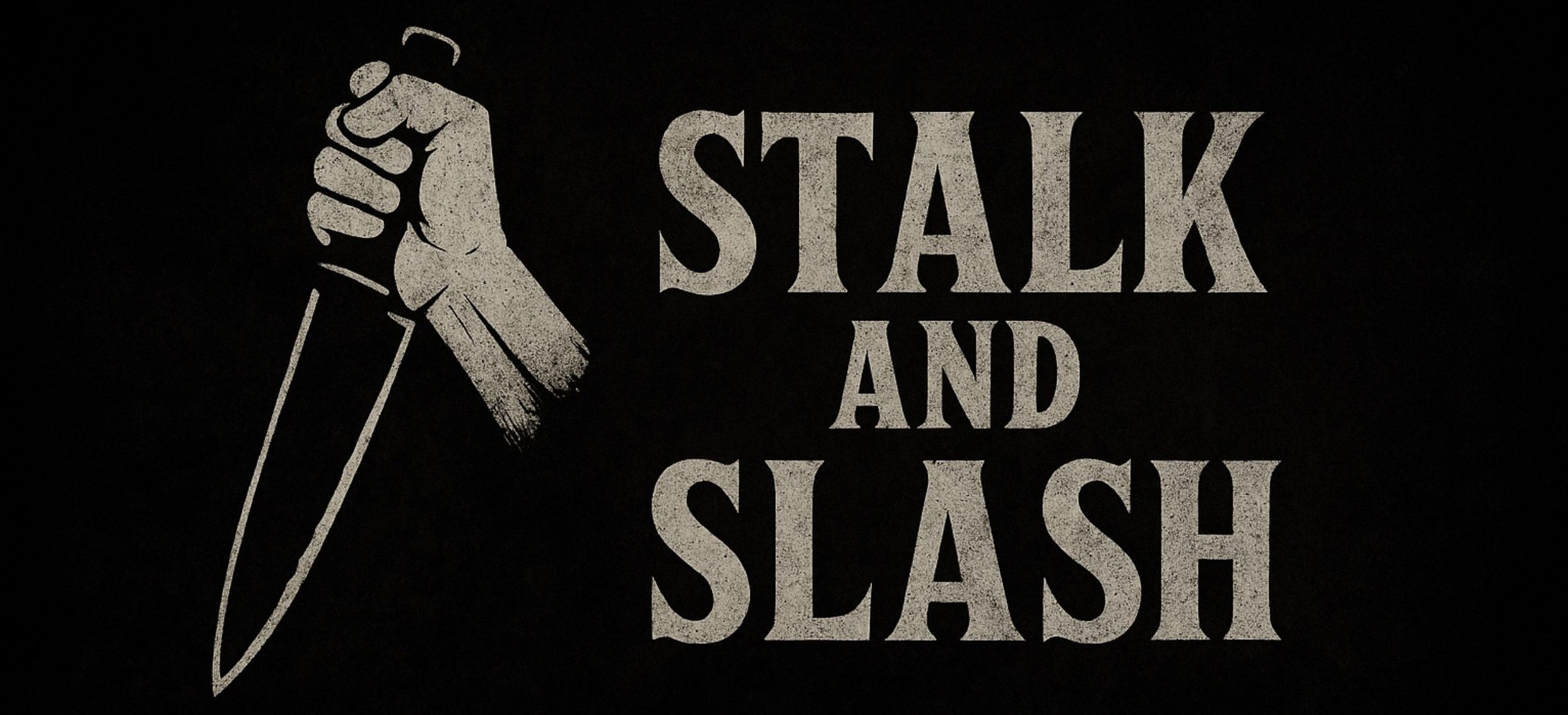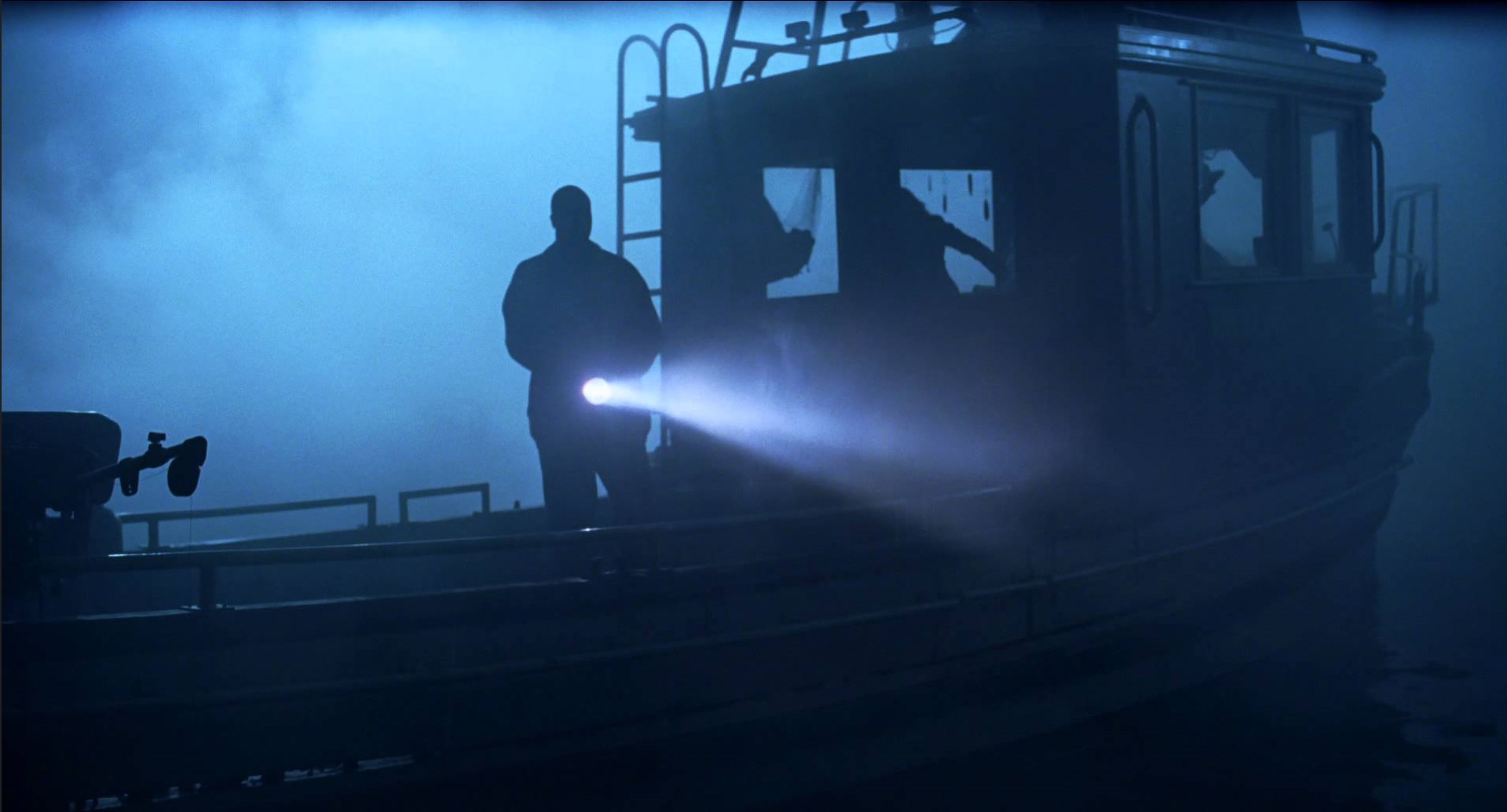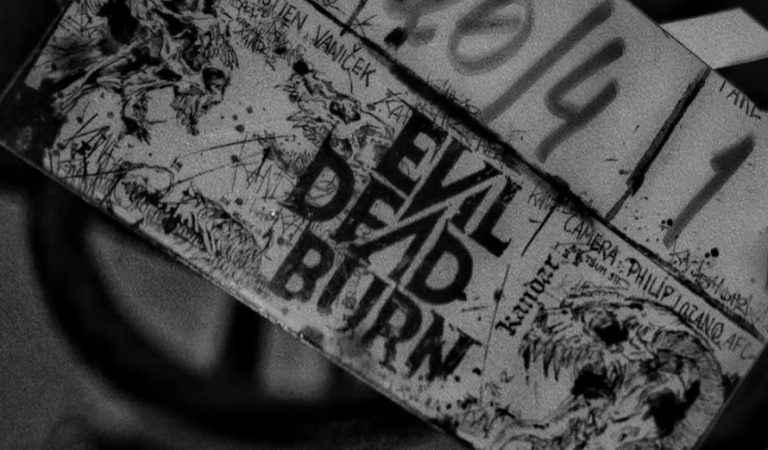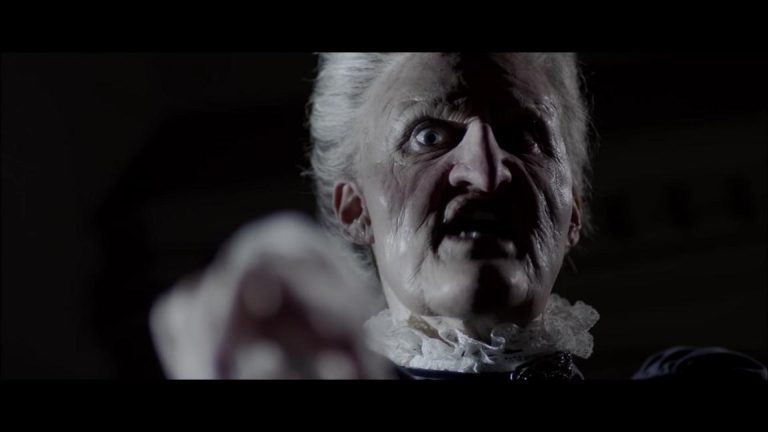The Fog Remake Turns Twenty: Still as Clear as Fog
Ah yes, The Fog remake. The film that drifts into your mind every few years like a misty, unwelcome memory and then thankfully vanishes again. It has been twenty years since Rupert Wainwright’s 2005 The Fog rolled into cinemas and straight off a cliff of mediocrity. The film was supposed to be a chilling reimagining of John Carpenter’s beloved 1980 ghost story, but instead it ended up being the cinematic equivalent of breathing through a damp sock.
Let us not forget that Carpenter’s The Fog is a thing of eerie beauty. Made on a shoestring budget, it conjured spectral sailors, creeping dread, and a ghostly atmosphere so thick you could practically feel it pressing against your neck. It was a gothic campfire story come to life, with Adrienne Barbeau’s velvet voice guiding us through a world where the sins of the past refused to stay buried. It is one of those perfect storm movies — literally — with Carpenter’s signature synthesizer score echoing like the wail of a ghostly ship’s horn.
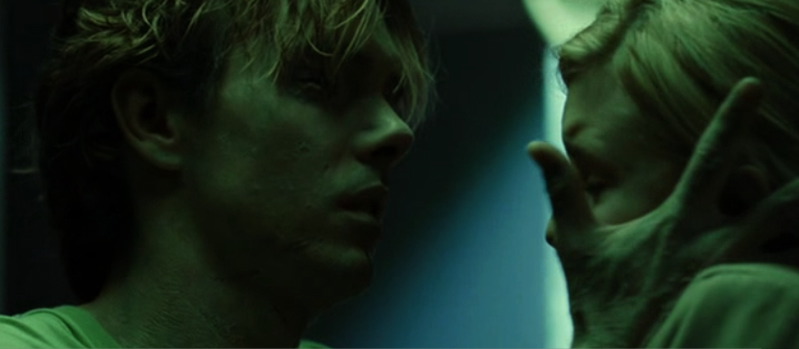
Then, in 2005, someone at Revolution Studios decided to take this masterpiece and update it for the Smallville generation. Enter Tom Welling, fresh-faced from television and looking slightly confused to find himself surrounded by bad CGI. Alongside him were Selma Blair as a very bored radio DJ and Maggie Grace, who was presumably still trying to figure out why she was cast as a reincarnated ghost bride.
If Carpenter’s original was a delicate glass of fine wine, Wainwright’s version is the cheap bottle of cooking sherry you find behind your nan’s oven. The story remains roughly the same; a cursed seaside town haunted by the vengeful spirits of lepers wronged by its greedy founders, but everything that once dripped with tension is now coated in a thick layer of early 2000s cheese. The remake replaces slow-burning atmosphere with jump scares, subtle ghostly menace with video-game fog, and mystery with more flashbacks than a soap opera marathon.
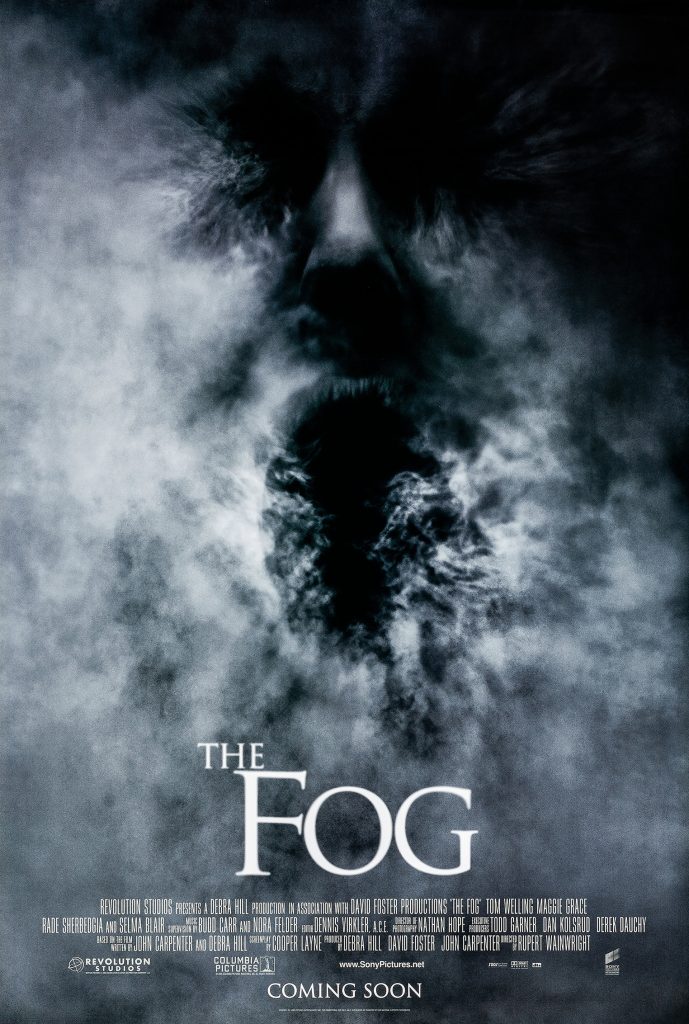
To make matters worse, the film spends a suspicious amount of time trying to explain itself. Carpenter trusted audiences to fill in the gaps, letting the story breathe through implication and mood. Wainwright, on the other hand, treats us like goldfish with attention deficit disorder, spelling out every single detail with all the grace of a PowerPoint presentation.
It was also a strange era for horror. This was the decade when Hollywood decided every old fright flick needed a shiny makeover. Texas Chainsaw Massacre, The Amityville Horror, The Omen, When a Stranger Calls, if it had blood, someone was remaking it. Unfortunately, The Fog fell squarely into the “we did it because we could” category.
Now, the film is not without its trivia. It did, for example, feature early visual effects that somehow managed to look worse than the practical fog machines Carpenter used twenty-five years earlier. The production shot in Canada, but the geography of Antonio Bay feels more like a confused Google Earth result than a coastal town. And fun fact, Carpenter and his longtime collaborator Debra Hill were producers on the remake. Though if you ever saw their interviews afterward, you could tell they would rather have been producing dental surgery.
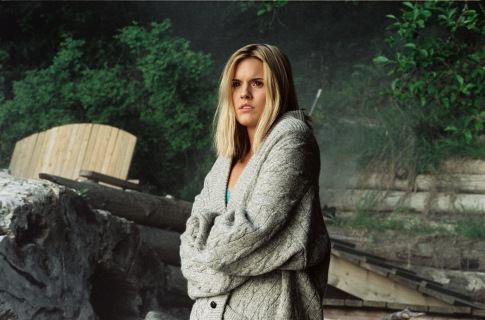
Even the soundtrack is peak 2000s. Instead of Carpenter’s chilling synths, we get Fall Out Boy and other pop-punk hits that make you wonder if the vengeful ghosts were just mad because they were trapped in a Hot Topic.
But what really sinks this ship is the utter lack of personality. Welling’s Nick Castle (named after the actor who once played Michael Myers, which feels cruel in hindsight) is about as expressive as a damp sponge. Selma Blair’s Stevie Wayne, originally a sultry radio siren played by Adrienne Barbeau, spends most of the film looking like she wants to file for union representation. And when your ghostly Captain Blake looks more like an unrendered PlayStation character than a centuries-old phantom, the terror tends to fade quickly.
Even the ending, which should have been a grand spectral showdown, fizzles into nonsense. Without spoiling too much, it involves reincarnation, ghost romance, and about fifty unanswered questions. Somewhere, John Carpenter probably sighed so hard a weather system formed over Los Angeles.
So what have we learned twenty years later? For one, atmosphere matters. Carpenter’s film is a masterclass in how to terrify with suggestion — unseen shapes in the mist, church bells ringing in the distance, and the slow dread of knowing that something is coming for you. The remake takes that tension and trades it for bad dialogue, weird love triangles, and fog that looks suspiciously like a malfunctioning smoke machine at a middle school disco.
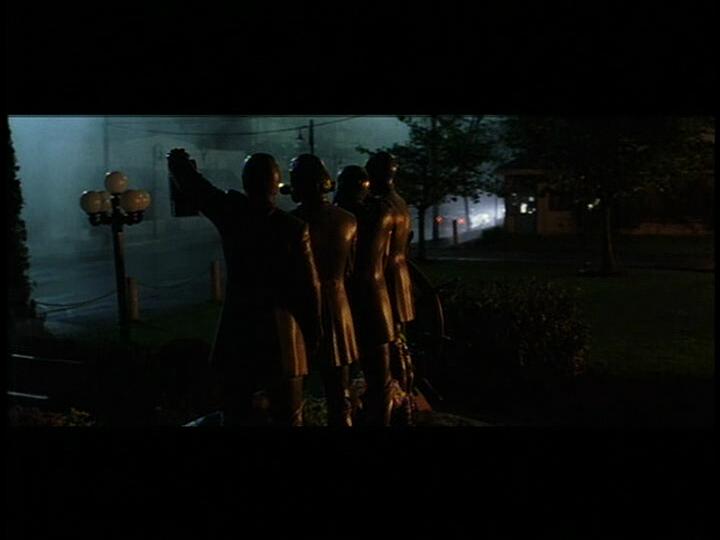
If you ever find yourself tempted to rewatch the 2005 version, perhaps to see if it really is as bad as you remember, let me save you the trouble: it is. The film remains a murky reminder of a time when Hollywood remade anything with a pulse and a poster. But hey, at least it gave us something to laugh about, and a renewed appreciation for how good Carpenter really was at making something so simple so scary.
Happy twentieth birthday, The Fog remake. You were foggy then, you are foggy now, and somehow you have only grown dimmer with age.
